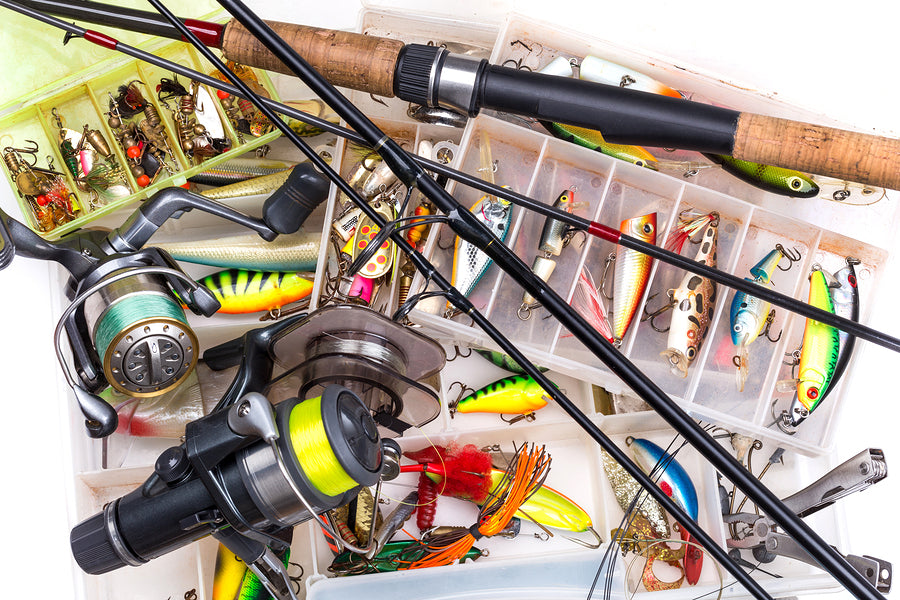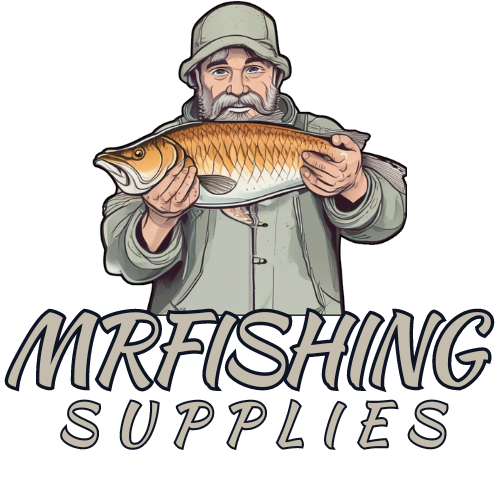
How to Maintain Your Fishing Gear: A Complete Guide for Longevity
Share
Fishing isn't just a hobby; it's a lifestyle. To ensure your fishing gear remains in top-notch condition and serves you well for many years, it's essential to maintain it properly. This detailed guide will provide you with the trending tips and techniques for cleaning, storing, and maintaining your fishing rods, reels, lures, and other essential equipment.
Cleaning Your Fishing Gear
Fishing Rods
- Rinse After Every Use: After each fishing trip, especially in saltwater environments, rinse your rods with fresh water to remove any salt, dirt, or debris. Salt can corrode and weaken your rod over time.
- Mild Soap Solution: Use a mild soap solution to clean the rod blank, guides, and handle. A soft cloth or sponge will help remove grime without scratching the surface.
- Inspect for Damage: While cleaning, inspect your rod for any signs of damage, such as cracks or nicks. Pay special attention to the guides, as any imperfections can damage your fishing line.
Fishing Reels
- Disassemble Carefully: According to the manufacturer's instructions, disassemble your reel to clean all the components thoroughly. This ensures you reach all the nooks and crannies where dirt and salt can accumulate.
- Rinse with Fresh Water: Rinse the disassembled parts with fresh water to remove any residue. Avoid using high-pressure water, as it can push debris further into the reel.
- Use a Reel Cleaner: Apply a reel cleaner or mild soap solution to clean the internal parts. A toothbrush or a soft brush can help reach tight spaces.
- Dry and Lubricate: After cleaning, dry all parts completely. Lubricate the moving parts with reel oil or grease to ensure smooth operation and prevent rust.
Lures and Hooks
- Rinse and Dry: After each use, rinse your lures and hooks with fresh water to remove salt and dirt. Pat them dry with a soft cloth.
- Check for Rust: Inspect for any signs of rust and remove it with a wire brush if necessary. Replace rusty hooks to maintain effectiveness.
- Proper Storage: Store lures and hooks in a dry tackle box. Consider using silica gel packs to absorb moisture and prevent rust.
Storing Your Fishing Gear
Fishing Rods
- Vertical Storage: Store rods vertically in a rod rack to prevent them from bending or warping over time. Horizontal storage can lead to permanent bending.
- Avoid Direct Sunlight: Keep your rods out of direct sunlight to prevent UV damage, which can weaken the rod material and degrade the handle.
- Protect the Tips: Use rod sleeves or caps to protect the tips and guides from accidental damage.
Fishing Reels
- Remove from Rods: Store your reels separately from rods to avoid unnecessary stress on the rod and reel seat.
- Cover and Store in a Cool, Dry Place: Use reel covers to protect from dust and store in a cool, dry place to prevent corrosion.
- Rotate Usage: If you have multiple reels, rotate their usage to ensure even wear and tear.
Tackle and Lures
- Organize Tackle Boxes: Keep tackle boxes organized with dividers to prevent lures and hooks from tangling and damaging each other.
- Dry Before Storing: Ensure all tackle is completely dry before storing to prevent rust and mildew.
- Use Airtight Containers: Store soft plastic lures in airtight containers to maintain their suppleness and prevent them from drying out.
Maintaining Your Fishing Gear
Regular Inspections
- Check Line Condition: Regularly inspect your fishing line for nicks or frays and replace it if necessary. A compromised line can lead to lost catches.
- Inspect Guides and Tips: Check the guides and tips of your rods for cracks or grooves that can damage your line. Smooth out minor nicks with a fine file.
- Monitor Reel Performance: Pay attention to any changes in your reel's performance, such as unusual noises or rough operation, and address issues promptly.
Seasonal Maintenance
- Deep Clean: At the end of each fishing season, perform a deep clean of all your gear, including a thorough disassembly and lubrication of reels.
- Replace Worn Parts: Replace any worn or damaged parts, such as reel handles, drag washers, or rod guides.
- Store for Off-Season: Store your gear properly during the off-season to ensure it’s ready for the next fishing season.
General Tips
- Use Quality Gear: Investing in high-quality gear can reduce the frequency and extent of maintenance required.
- Keep a Maintenance Log: Maintain a log of your maintenance activities to track when each piece of gear was last serviced.
- Educate Yourself: Stay informed about the best practices for maintaining your specific gear by reading manufacturer guidelines and fishing forums.
By following these trending tips for cleaning, storing, and maintaining your fishing gear, you can ensure that your equipment remains in top condition for many fishing seasons to come. Proper maintenance not only extends the life of your gear but also enhances your fishing experience by ensuring your equipment performs optimally. Happy fishing!
